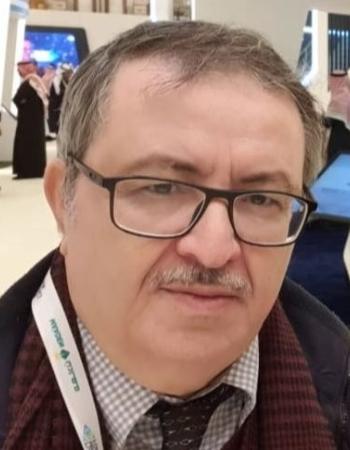GPH 221 Seismic Exploration
| King Saud University College of Science Geology and Geophysics Department. |
جامعة الملك سعود كلية العلوم قسم الجيولوجيا والجيوفيزياء |
Second Semester
Lecture’s Time: Sunday & Tuesday: 10:00 -10:50 Lecture’s Room: B05 1A 036
Instructor: Dr. Mahmoud M. ELWAHEIDI
Office Hours: Monday, Tuesday & Thursday: 11:00 am -12:00 am
email: melwaheidi@ksu.edu.sa Web: http://fac.ksu.edu.sa/melwaheidi/home
Office No: B129 Tel. No: 4676205
|
||||
| Activity | No of Weeks | No. of hours | ||
1. GENERAL INTRODUCTION
|
2 |
4 |
||
3. Seismology and Geology
|
1 |
2 |
||
4. Refraction Method
|
4 |
8 |
||
5. Reflection Method
|
6 |
12 |
||
| 6. Seismic Instrumentation | 2 |
4 |
||
| 7. Seismic sources | ||||
| 8. Comparing: seismic vs other geophysical methods & refraction vs reflection | ||||
| II. GRADING SYSTEM | ||||
| Assessment | Assessment task | Week due | Proportion of Final Assessment | |
| 1 | Lab (12 sessions) & field trips | 20 % | ||
| 2 | 1st Mid-term exam | Tuesday, 13 March, 2018 | 10% | |
| 2nd Mid-term exam | Tuesday, 17 April, 2018 | 10% | ||
| 3 | Attendance, Quizzes, group-work sessions & Assignments | Alternatively, Every two weeks | 20 % | |
| 4 | Final exam | Thursday, 10 May, 2018 | 40 % | |
| III. Text Books- References | ||||
|
||||
GPH 221 – SEISMIC EXPLORATION
LAB Sessions Syllabus
INSTRUCTOR: DR. MAHMOUD ELWAHEIDI TA: Mr. Saad ALHUMAIDAN
Date: Mondays, Time: 10-12 am Location: B4 1B 66
| Lab No. | Topic | Tasks | Notes |
| 1 | Basic math and physics revisions. |
Individual and group-work problems:
|
|
| 2 | Basic seismic concepts |
Work-group and individual activities on:
|
|
| 3 | Seismic Refraction Method |
|
|
| 4 |
|
||
| 5 |
|
||
| 6 |
|
||
| 7 | Midterm Exam | ||
| 8 | Seismic Reflection Method |
|
|
| 9 |
|
||
| 10 |
|
||
| 11 |
|
||
| 12 | Final Exam | ||

